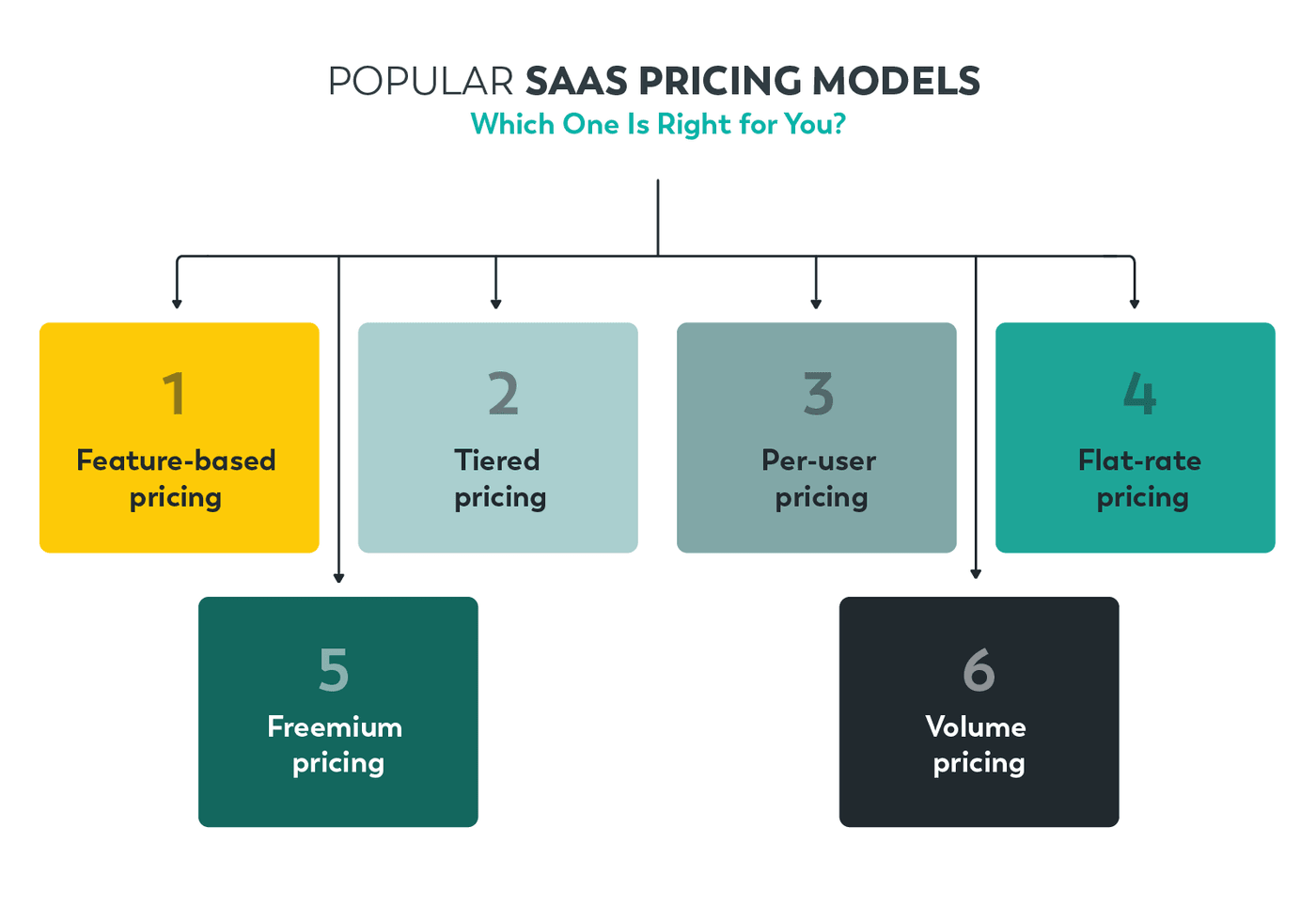SaaS pricing models are not all made the same. Some are better suited to certain business models than others, and choosing the best one can make a big difference for your company. Keep reading to learn more about SaaS pricing models and how to find a good fit for your business goals.
How to develop a SaaS pricing model that works for your business
Before choosing a specific pricing model to use with your business, it helps to consider just what it takes to develop one that works. Your business is unique. Your goals are not exactly the same as those of your competitors and your pricing strategy should reflect the unique value proposition your service presents to potential customers.
As is often the case, differentiation and added value make a major difference in the overall amount you can entice people to pay for your digital product offering. Honestly assessing your company’s capabilities, strengths, and shortcomings relative to its closest competitors can help you to determine what pricing approach makes the most sense.
Developing a winning pricing strategy for your business also involves structuring prices for improved profitability. Even a tiered pricing structure can fail to outperform a simpler volume pricing plan in the SaaS sphere as factors such as economies of scale come into play. Once you’ve given the above a bit of thought, you can move on to choosing the ideal SaaS pricing model for your organization’s needs.

SaaS pricing models to choose from
1. Feature-based pricing
Setting prices to reflect the features your company can offer its customers is a great way to cater to a variety of buyer personas. However, it can result in poor profitability if you fail to identify what your customers are actually looking for. Properly implemented feature-based pricing leverages low-barrier options to reel in new customers. Once customers have been onboarded into your ecosystem, you can then upsell them on more of the features they may want to use. This pricing strategy also makes it much easier for your business to appeal directly to different customers without having to reinvent your service offering each time.
2. Tiered pricing
A tiered pricing strategy is fairly similar to a feature-based strategy in that digital product capabilities are packaged as separate offerings to appeal to different types of users. However, tiered pricing centers on a progressive, “staircase” approach. This can potentially make it easier to encourage customers to move from one tier or step to the next as their needs evolve.
3. Per-user pricing
This SaaS pricing strategy has seen less use lately, but it still has its place among more popular approaches. With this strategy, you charge a recurring fee for each additional user a customer adds to their account. In practice, this approach is often combined with another. For instance, Salesforce offers a mostly per-user pricing structure, but it’s broken up into tiers to cater to a wider pool of potential customers.
4. Flat-rate pricing
Flat-rate pricing has the potential to be the simplest strategy for your customers to understand. However, transparency is the key to making this pricing plan work. A flat rate implies all customers will receive the same price for the services your company provides, with no exceptions. Sticking to this promise in a niche known for opaque or outright deceptive pricing practices can quickly win over customers and keep them hooked on your offering.
5. Freemium pricing
This pricing strategy plays to the strengths of a tiered approach, but offers a totally free lower tier with unlockable features to entice more users into your business’s ecosystem. Freemium products work well for attracting users; however, they may stumble when it comes to sufficiently monetizing their user base. Businesses such as Mailchimp make ample use of the freemium pricing model to onboard new customers and upsell them when they’re ready to grow, but poor implementation can lead to an overwhelming number of free-tier users incurring real operating costs for your company.
6. Volume pricing
A volume-pricing model offers savings to customers who need more service as an incentive to purchase additional access from your business. Unlike a tiered pricing structure, volume pricing remains consistent for all of the access customers receive, as long as they are purchasing enough per period to qualify. This approach is particularly powerful for SaaS business with low marginal costs, as scaling customer requirements can decrease your per-customer operating expenses.
Set your prices successfully
SaaS pricing models can make or break your business’s long-term profitability. Keeping the above in mind might make it easier to choose between the many models that exist and generate revenue month after month. To learn more about planning your SaaS organization’s path to profitability, reach out to our experts today.